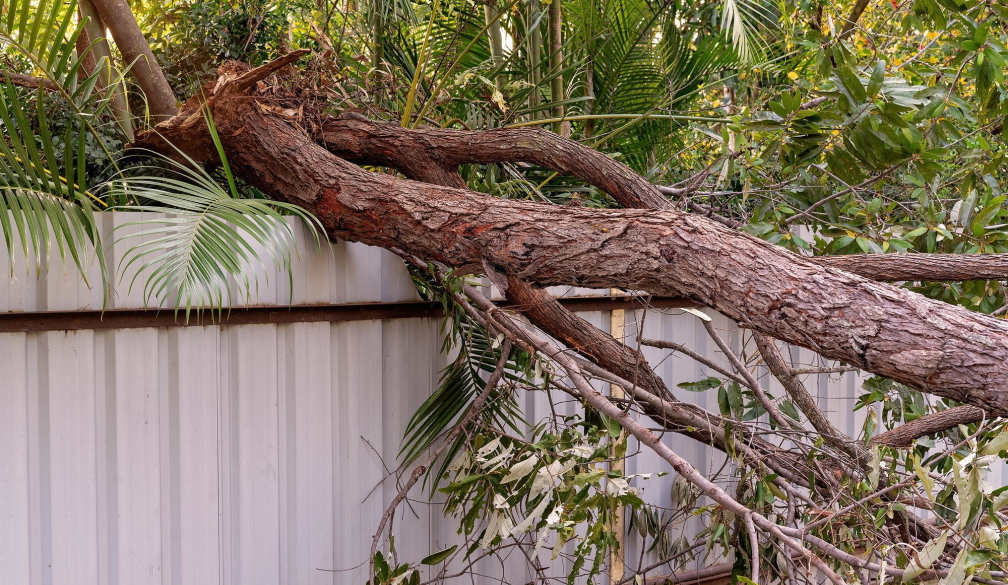Tree Removal Laws in NSW Explained by an Arborist
- Written by NewsServices.com

Any time when you’d like to cut down and remove a tree on your property, you should ensure that you first obtain permission, if you need to. If you don’t, you could end up paying a massive fine. But when do you need permission, and when don’t you?
In this post, we’ll answer this question, so that you can avoid hefty fines.
Why You Might Want to Cut Down a Tree
The first question we should consider is: Why would you want to cut down a tree? Well, there are several reasons, including being concerned for your family’s safety, wanting to remove a tree to make space for renovations or construction, or needing to remove a dying or diseased tree. Either way, no matter what your reason, you’ll need to get the right permissions if required.
Reasons For Protected Trees
You’ll need permission if you’d like to cut down and remove any protected tree species. This is simply because these species deserve protection as a result of their historical, aboriginal, or botanical importance. To provide this protection, NSW has implemented strict rules and regulations that govern the cutting down and removal of these trees. And, as you’ll see later, not complying with these rules have severe consequences.
Removing Unprotected Trees
In contrast to protected trees that require permission to be removed, you’ll generally be able to remove unprotected trees without permission or a permit. However, to do this, you’ll need to ensure that the tree is at least 5 metres high and has a trunk diameter of at least 300 mm. If the tree is an invasive species, though, you don’t need to comply with these requirements.
10/50 Rule
When you live within 100 metres of bushland, you might also be able to rely on the 10/50 rule in order to remove trees with permission. In terms of the rule, you can remove any trees or vegetation within 10 to 50 metres from the outer wall of your home. Keep in mind, though, when removing these trees, you’re not allowed to use bulldozers, ploughs, or burning, and you can’t change the soil profile underneath the trees.
Furthermore, when your land is situated on a slope, you won’t be able to use this rule to remove trees without permission. This is simply because of the protection trees provide against erosion.
Penalties for Illegal Tree Removal in NSW
When planning on cutting down and removing any trees, it’s vital that you use qualified tree removal services. They’ll be able to advise if you need permission or not. In turn, this helps you avoid any fines, which could be severe. For instance, fines start at $1,000, and you could end up paying as much as $110,000 in your local court. In the Land and Environment Court, however, you could pay a fine of up to $1.1 million.
There you go, now you have some idea of when you’ll need permission to cut down and remove a tree and when you won’t. By knowing this, you’ll now be able to avoid hefty fines when you need to remove trees from your property in the future.





